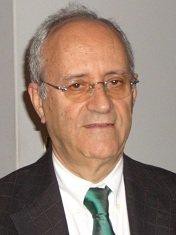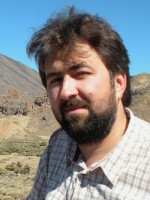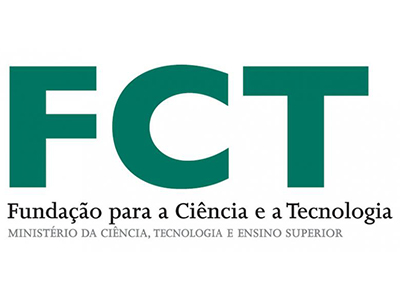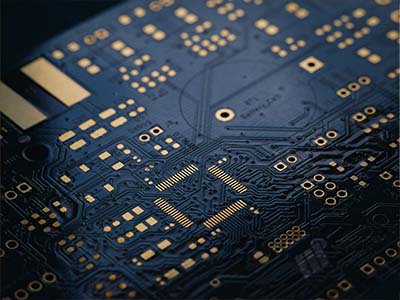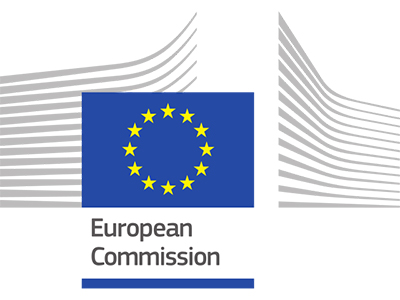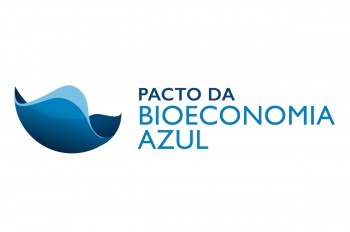Descrição
the project deals with self-healing on ultra-thin conductive primers (graphite containing) applied on electrogalvanised steel. The objectives are improved understanding of corrosion/repassivation at defects, the study of the applicability of electrochemical and
spectroscopic techniques to assess micro-scale processes and the introduction of encapsulated inhibitors to the formulation, using submicron particles (nanocontainers) that might lead to smart self-healing. As nanocontainers, synthetised layered double
hydroxides (LDH) — with incorporated vanadate, molybdate and nitrate anions — were implemented at laboratory scale, as well as native Halloysitenanoclay, either empty or loaded with benzimidazole or cerium nitrate, and coated with a polyelectrolyte
shell for improved leaching control. Although self-healing based upon the encapsulated inhibitors in the primer formulation was not fully achieved, incorporation of the Halloysite was satisfactory and eventually improved barrier properties. Further, the effect
of dissolved inhibitors was successfully studied using surface-resolved techniques, namely localised electrochemical impedance and also pH, oxygen and ionic current mapping. Friction coefficients, weldability and crack formation were characterised.
Postforming phosphating occurred only above a critical elongation value and did not improve corrosion performance. A model for the ac response of the primers was developed based upon impedance results. Adsorption of nanoparticles at defects produced in
a model system by microcontact printing was achieved and the better selectivity and adsorption rate were reached with LDH particles and polyelectrolyte-coated Halloysite, respectively. Micro-FTIR and imaging raman spectroscopy provided information
on the location and release of inhibitor-loaded containers and detected mobilisation of LDH containers on the metal surface, triggered by the corrosive environment.
Coordenador
Coordenação
INSTITUTO SUPERIOR TECNICO
Participantes
University of Paderborn, Dortmunder Oberflaechen Centrum, Voestalpine Stahl Linz GmbH, Centro Sviluppo Materialli SPA, Universidade de Aveiro, Salzgitter Mannesmann Forschung GmbH, Instituto Superior Técnico
Financiadores



